Bigfoot Backwood Camping Safety: What You Need To Know
 Bigfoot legends have been around for ages,
Bigfoot legends have been around for ages,
long before TV shows and viral videos.
These stories, often rooted in Indigenous folklore, paint Bigfoot as a massive, hairy, human-like creature. While tales tend to vary, one thing’s for sure – Bigfoot has captured our collective imagination.
Must-Have Accessories For A Bigfoot Research Trip BLOG!!
But what’s the deal with Bigfoot sightings?
Science has a few things to say. While many reported sightings turn out to be hoaxes or misidentified wildlife, some accounts are tough to dismiss. Researchers argue about the evidence, with some claiming footprints and hair samples could belong to an unknown primate. Meanwhile, skeptics argue it’s all wild stories and mistaken identities.
DISCLOSURE:
All of my posts on this website do contain affiliate links. They will lead you to other blogs i have written about Bigfoot Stories. There are also Amazon Products links on this Blog.So If you click on any link and make a purchase, As an Amazon Associate I earn from qualifying purchases. It is also at no additional cost to you to explore these links. Enjoy!!
- Tee Hunt Bigfoot Stole My Weed Sweatshirt Funny Marijuana Smoking Sasquatch
- Coffee Mug 11Oz,Black Mug Bigfoot Stole My Weed Retro Vintage Stoner Sasquatch
- Bigfoot Stole My Weed Funny Retro Sasquatch Forest Pullover Hoodie T-Shirt, Long Sleeve Shirt, Sweatshirt, Hoodie Unisex Adult Size Made in Canada
So, how do you tell a myth from a credible report?
Start with the source. Genuine researchers provide detailed, consistent accounts backed by physical evidence. Hoaxes and myths, on the other hand, often come from unreliable sources with vague details. When you’re out in the woods, knowing what to look for can help sort fact from fiction.
Preparing for a Safe Backwoods Camping Trip
Before heading out for a backwoods camping adventure, having the right gear and supplies is crucial. Start with
a solid tent,
warm sleeping bag,
and reliable backpack.
Don’t forget essentials like a map, compass, and a fully stocked first aid kit. Being well-prepared can make all the difference.
Planning your route and campsite is another key part of staying safe. Study maps and trail guides to get familiar with the area. Choose a campsite that’s known and used by others – it adds a layer of safety. Always inform family or friends about your plans; let them know your route and expected return.
Water and food are your survival buddies. Pack enough non-perishable food for extra days and always carry a water purifier. Skip luxury – go lightweight but make sure you cover the basics like a flashlight, extra batteries, and weather-appropriate clothing.
Remember, the goal is to return safely, so taking these measures seriously is vital. Preparation isn’t just about convenience – it’s your safety net.
Recognizing the Signs of Bigfoot in the Wild
When you’re deep in the woods, being able to spot signs of Bigfoot can turn an ordinary hike into an extraordinary adventure. It’s not just about seeing the creature itself – it’s often about observing clues that suggest its presence.
Going On A Bigfoot Hunt And What To Bring –The how to Blog!
Footprints are one of the telltale signs.
Look for large, human-like prints, much bigger than any normal human footprint. These prints usually appear in muddy or soft ground, making them easier to spot. If you find one, take photos and measure it for documentation.
Unusual noises can also be a hint. Bigfoot calls are often described as high-pitched screams, howls, or grunts. These sounds can carry over long distances, especially at night. Recording these noises can add to the evidence you gather.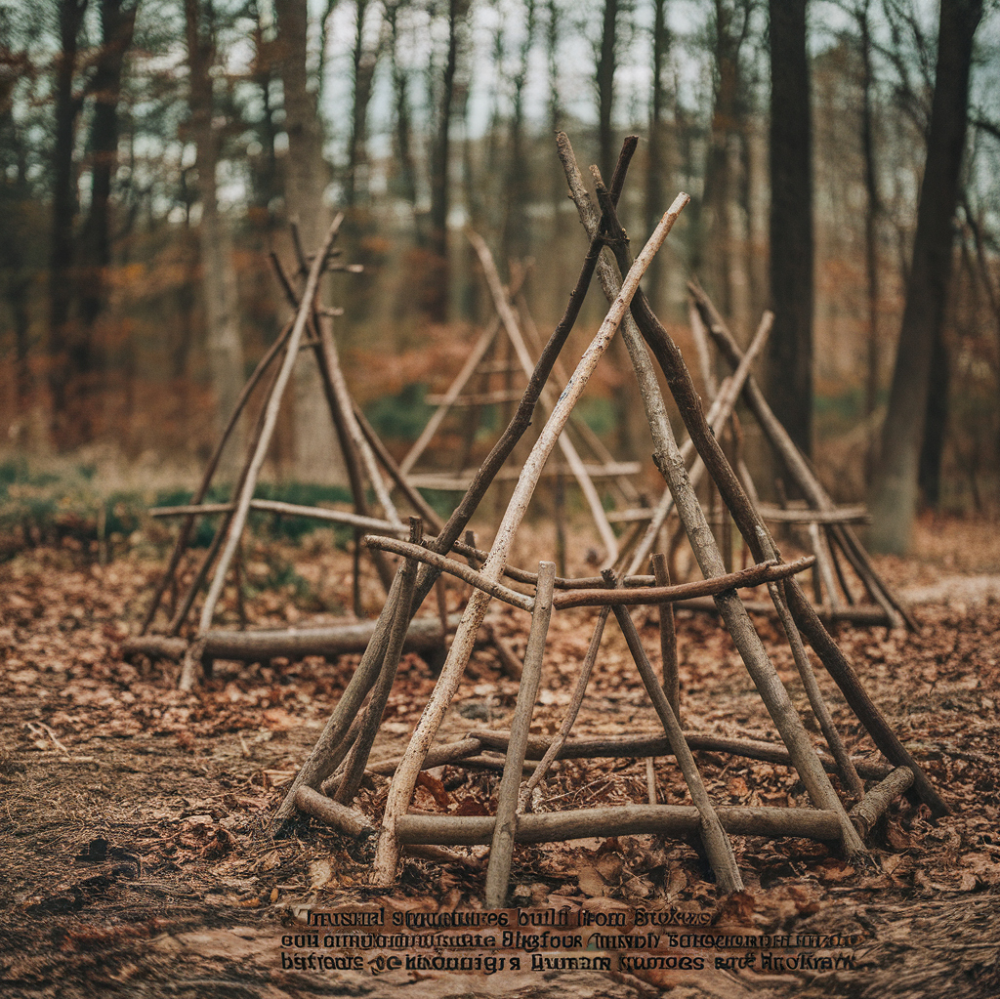
Sometimes, Bigfoot leaves behind physical evidence like hair or broken branches.
Hair samples stuck on tree bark or rough surfaces might be worth collecting, but handle with care to avoid contamination. Broken branches or unusual structures built from sticks might indicate Bigfoot activity, but be cautious of assuming human handiwork.
Survival Skills For Bigfoot Hunters
Lastly, keeping an eye out for other animals’ behaviors can be telling. Animals sensing a predator might act skittish or show signs of distress. Observing their odd behavior can sometimes clue you in to a larger presence nearby. Be observant, and always keep a notebook handy to jot down your findings.
Strategies for Staying Safe from Wildlife, Including Bigfoot
Wilderness safety means being smart and prepared, especially when dealing with unpredictable wildlife. Besides Bigfoot, encountering bears, wolves, or even moose can be just as daunting. Knowing basic survival skills can keep you out of trouble.
First, keep food stored securely to avoid attracting animals.
Use a bear canister or hang food bags at least 10 feet off the ground and 4 feet from the nearest tree trunk. This practice is crucial for keeping nocturnal visitors at bay.
Bigfoot Hunting Safety Tips
If you come face-to-face with Bigfoot or another large animal, stay calm.
Panicking and running could trigger a chase. “NEVER RUN “
Make yourself look bigger by raising your arms and speaking firmly. Slowly back away without turning your back on the animal.
Technology can be a lifesaver.
Carrying a GPS device and a whistle can help in emergencies. Some adventurers also bring along bear spray as a deterrent. Knowing how to use these tools effectively gives you an edge.
Campfire safety
Can’t be overlooked. A fire can repel wild animals, but it’s important to build and maintain it responsibly. Never leave a fire unattended and always douse it properly before leaving your campsite or going to sleep.
Best Bigfoot Gear For A Beginner’s Adventure
Another tip is to travel in groups.
There’s safety in numbers, and larger groups can often deter curious wildlife, including Bigfoot. Group travel also means more eyes to watch for signs and more hands to help in any situation.
Best Practices for Minimizing Human Impact on Wildlife
When you’re out in nature, it’s important to respect the environment and minimize your footprint. The Leave No Trace principles offer solid guidelines to follow for keeping the wilderness wild.
Start with simple actions like packing out all trash. Even seemingly harmless items like orange peels can disrupt local wildlife. Carry a small trash bag and make sure nothing is left behind.
Best Bigfoot Gear For A Beginner’s Adventure
Campfires need extra attention. Use existing fire rings and never make new ones. Fire can cause lasting damage to the ground, and building new rings disrupts the area. Always ensure the fire is fully extinguished before leaving.
Respect wildlife by observing from a distance. Getting too close can stress animals and alter their natural behaviors. Use binoculars or a camera with a good zoom lens to enjoy wildlife without intruding.
Stick to existing trails and campsites. Wandering off designated paths can trample vegetation and erode trails. Staying on marked trails helps preserve the habitat and keep the ecosystem balanced.
Strategies For Tracking Bigfoot In The Wild
Human waste needs proper disposal.
Use a portable toilet if available or dig a small hole at least 200 feet from water sources, trails, and campsites. Cover it up and pack out toilet paper to ensure the area remains clean.
Adhering to these practices not only protects the environment but also ensures future campers can enjoy the same beautiful, unspoiled wilderness.
What to Do in Case of an Emergency
Emergencies can happen, even with the best planning. Knowing how to react can make a huge difference. First, keeping a cool head is vital. Panic clouds judgment and can make the situation worse.
If you get lost, Stop and stay put.
Moving around can make it harder for rescuers to find you. Use a whistle to make noise at regular intervals. Three short blasts are a universally recognized distress signal. Mark your location with brightly colored items if you have them.
For injuries,
a well-stocked first aid kit is worth its weight in gold.
Clean and dress wounds immediately to prevent infection. Remember basic first aid principles: stop bleeding, immobilize broken bones, and reduce shock by keeping the injured person warm and comfortable.
Mythological Creatures Myth And Folklore
Communication is key.
If you have a working phone or GPS device, call for help immediately. Share your exact location and nature of the emergency. If possible, send someone to higher ground to get a better signal.
In case someone in your group is in distress and needs immediate medical attention, prioritize getting them stabilized before attempting any major moves. Use emergency blankets for warmth and make them comfortable while you figure out the next steps.
Lastly, always have an emergency contact protocol in place. Before your trip, leave detailed information about your route and schedule with someone you trust. This makes it easier for rescuers to locate you quickly if you don’t return on time.
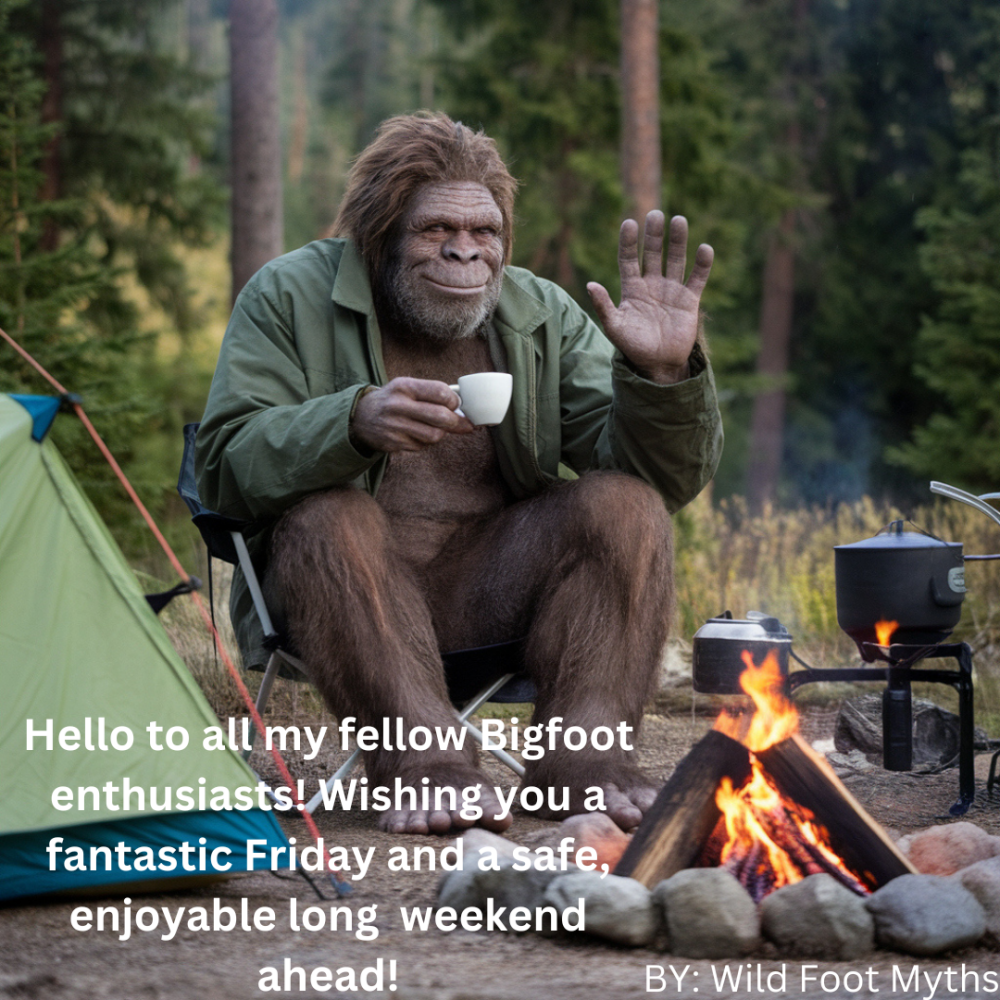

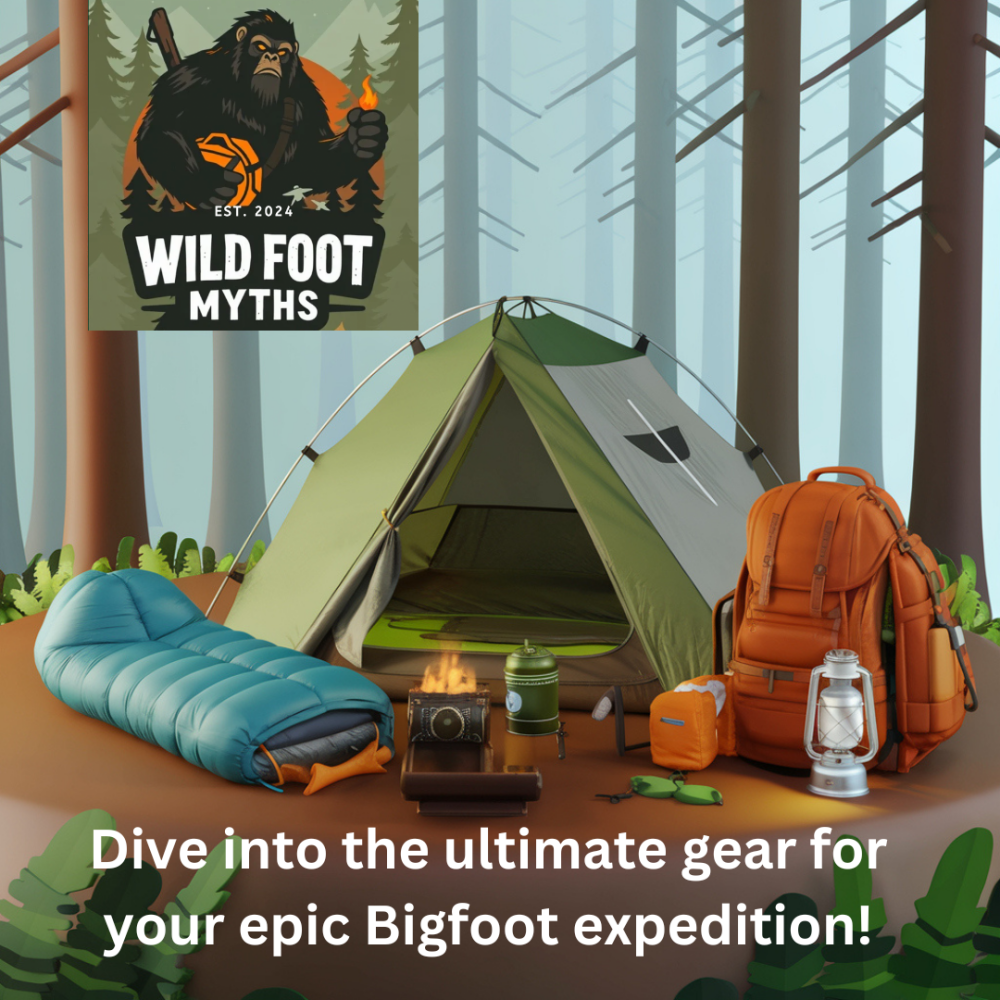
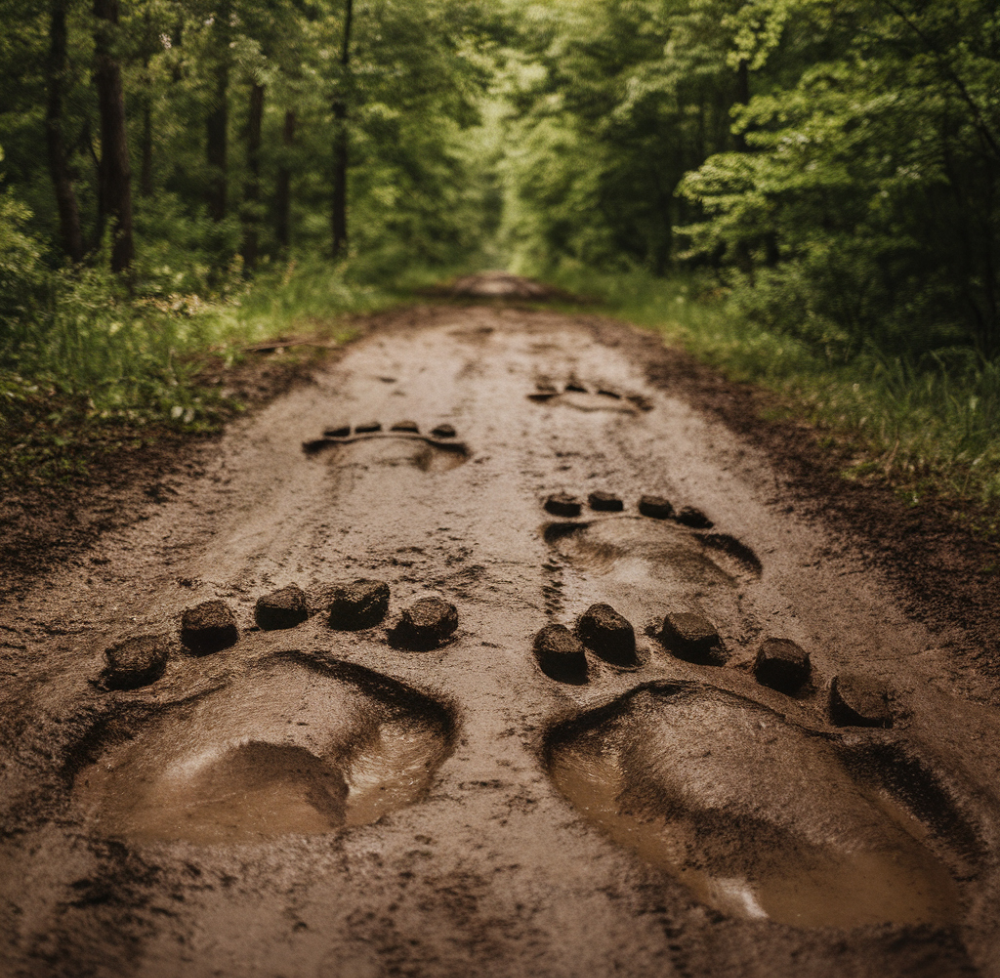
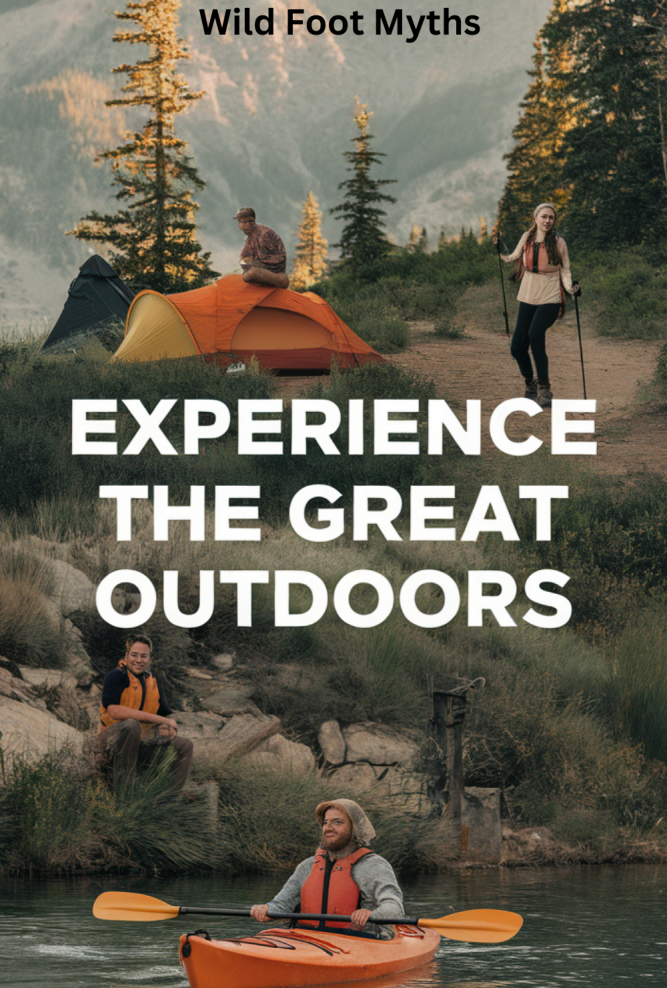
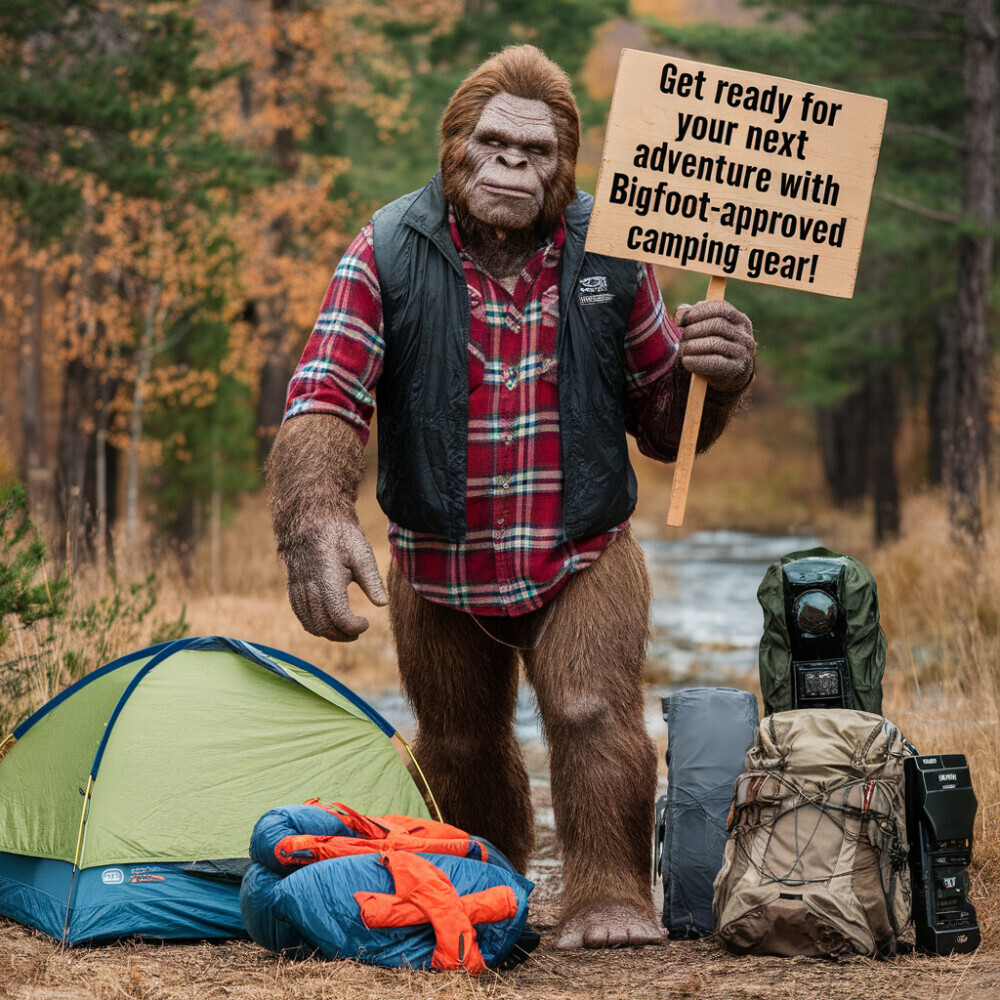



Great post! It’s fascinating to see how the debate over Bigfoot sightings continues to captivate so many. The distinction between credible evidence and hoaxes is crucial for anyone interested in these mysteries. I’m curious, though—what specific steps do you recommend for someone who wants to start looking for evidence of Bigfoot in the wild? Are there particular tools or methods that you find most effective for distinguishing between genuine signs and common wildlife or hoaxes? Thanks for sharing these insightful tips!
Thanks Hanna
For the engaging comment yes it is a fantastic topic, Well let me help you with that curious mind. Lets get to the thoughts questions you are wondering about.
Question 1
What specific steps do you recommend for someone who wants to start looking for evidence of Bigfoot in the wild?
This is a great comment, Well i would recommend
1) Planning the trip > Where to go make sure to do the research ??
2) Building a safety Net > letting someone know what your plans are and where you are going.
3) Make a list of gear you will need on this trip. > Clothing, Camping gear, Food,Ect..
This is just a few things – I did a blog to help new beginners Have a look.
Ultimate Guide To Bigfoot Camping Trips.
Question 2
Are there particular tools or methods that you find most effective for distinguishing between genuine signs and common wildlife or hoaxes?
Well people like to say everything is hoaxes just to give them their 5 mins of fame. Yes there are things out on the internet and many people can make things with computers for sure. But what i like to do is look at what they have either a video, Footprint cast, that is a plus , But the report is key to find out where the encounter was and what happened. Then i check for other reports to see if they have the same similarities that line up and if they do then i call it a genuine encounter. and then normally start planning a trip.
Hope this was helpful in your quest !
You did an awesome job blending the mystery of Bigfoot with practical camping tips, which made the whole piece both entertaining and useful. I especially liked how you highlighted the importance of being prepared for anything when camping in remote areas, Bigfoot or not! I’m curious, though—have you ever heard any firsthand stories from campers who believe they’ve encountered Bigfoot? And what would be your top piece of advice for someone who’s nervous about camping in areas with Bigfoot sightings? Thanks for sharing such a unique perspective!
Hey Bob
Thanks for the awesome comment and engaging questions, I will do my best to answer them for you.
Question 1
have you ever heard any firsthand stories from campers who believe they’ve encountered Bigfoot?
Absolutely i was camping with my family in Banff, Alberta Canada this little campsite set back just outside of banff that site was called Tunnel Mountain Village II Camp ground.
My wife and i were walking around the campsite enjoying the scenery and of course i was wearing my Bigfoot shirt. We walked by this guy sitting at his site he yelled out at me when we walked by : Do you really believe
I replied Absolutely i do.. As my wife rolled her eyes and said here we go again. I had to hear his story that night i invited him to the campfire that we were having so that I could hear his story about his encounter. And i almost fell off my seat the story was outstanding and We were camping in banff so i was so already on the search for the stories to build blogs and investigate for myself. This was just a plus to hear.
Question 2
what would be your top piece of advice for someone who’s nervous about camping in areas with Bigfoot sightings?
Well there would be no need to be worried about Bigfoot. They are a creature that will only Observe you and run i also believe that Bigfoot’s are telepathic so if you’re nervous they will feel that and you probably won’t see any Bigfoot’s at all. if you notice most all encounter, Bigfoot doesn’t like or trust people and is fleeing the area on most counts, But if you travel with an open mind and embrace what mother nature has to offer and put out peaceful vibes, respecting all walks of life .. I’m sure you will encounter a Bigfoot.
But remember to do your research before any trip, on all the other wild life you may encounter. like Bears Wolves,Cougars,even these wildlife you will encounter lots knowing how to handle them makes a world of a difference and safer for both sides. But here is a blog i did to help further with this questions !
Bigfoot Hunting Safety Tip’s
Hope i have helped a bit along your journey !
What a great site! I am going to have fun looking at all the links. The camping gear information and tips are valuable for any type of camping. After having lived off grid for almost 30 years and camped in every season, I found your advice right to the point. My wife loves the shows on Bigfoot and is excited about looking at all your links, too. Once, many years ago, I heard a yell in the woods that was not like anything I ever heard previously. I didn’t think Bigfoot until years later after watching a show. Who knows! Thanks for this article and links.
Hi Anastazja
Thank you ! very much for the kind words they are truly appreciated.I’m so happy that you enjoyed the article as well as your wife. The links are filled with info and gear that i like to use when i go out so i like to share that in my blogs.
A gentleman like yourself with so many years spent off the grid found my stuff spot on means the world. I have spent many years off the grid camping too and i love it nothing better,and when i add the interest with my passion of Bigfoot those two worlds collided. now there is so much more for me out there.
The Yell you heard was probably a Bigfoot -Warning his family you were in the area and after that yell i have no doubt you were being watched until you left.
Feel free to follow us on Facebook,Instagram,X i update Facebook page with new blogs two times a week
Thanks again
This was a fascinating read! I’ve always been intrigued by Bigfoot lore, and it’s interesting to see camping safety discussed in this context. I’m curious—do you think certain regions are more prone to Bigfoot sightings, and if so, what specific precautions should campers take in those areas? Also, are there any particular signs that campers should be aware of that might indicate Bigfoot activity nearby? I’d love to hear your thoughts!
Thanks for the great comment
To answer your question i don’t think any regions are better than others. they are all fun to explore
Here is a blog i did to help with what specific precautions should campers take in those areas
Must-Have Accessories For A Bigfoot Research Trip link is below
https://loonledgendsandmyths.com/must-have-accessories-for-a-bigfoot-research-trip/
thanks again
I enjoyed reading about backwood camping safety and the myths about Bigfoot! Camping in secluded spots always adds an element of adventure to the experience but knowing how to stay safe is a must. The practical safety tips you shared are a great reminder of the importance of being prepared.
It’s fascinating how folklore like Bigfoot can add a layer of mystery and excitement to these adventures. Have any of your own camping trips ever taken a turn toward the unexpected?
Hi i’m glad you enjoyed the blog! Yes a safe time is a great time we always need to think about that stuff too
Thank you for the great question
Have any of your own camping trips ever taken a turn toward the unexpected?
Came close a few times with wild animals but was always lucky as i did my research. That saved by bacon
thanks again for reaching out